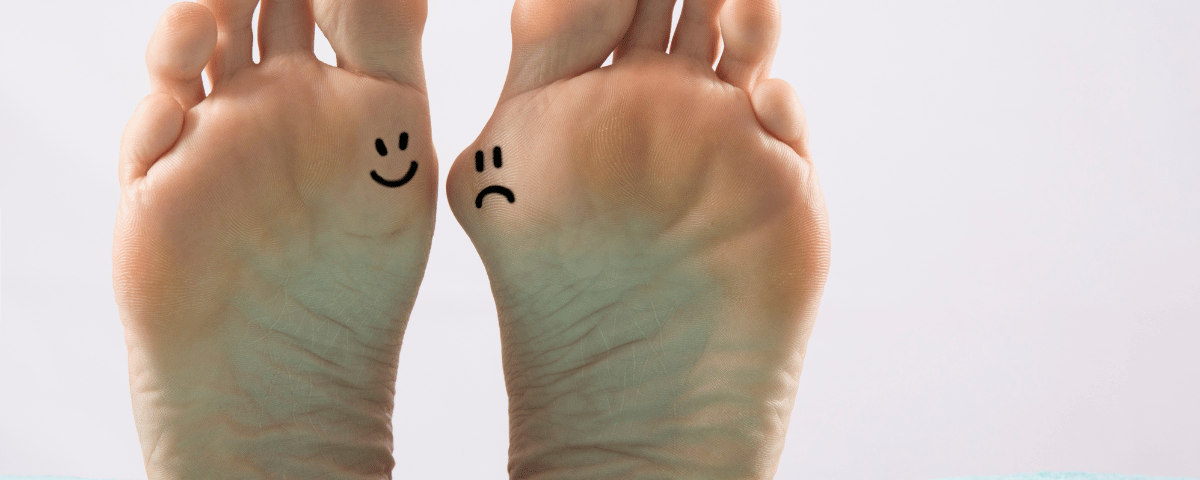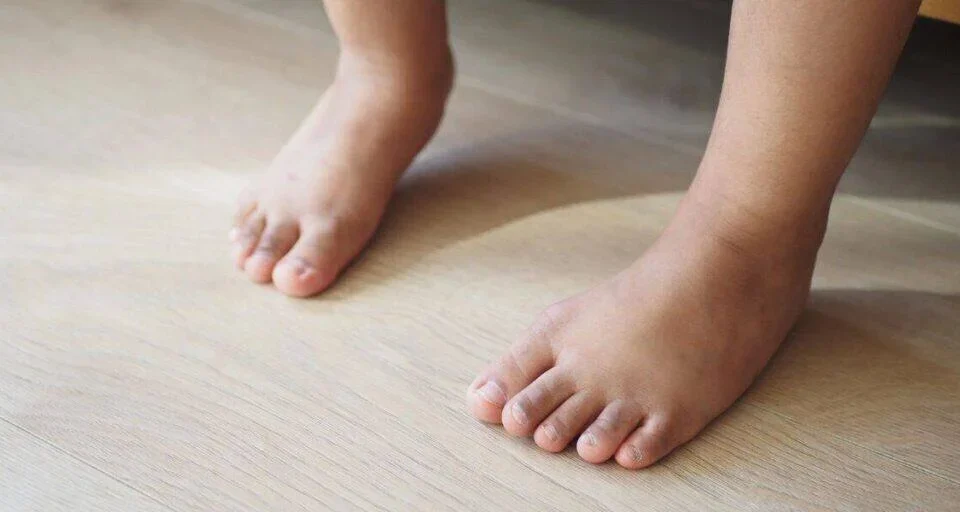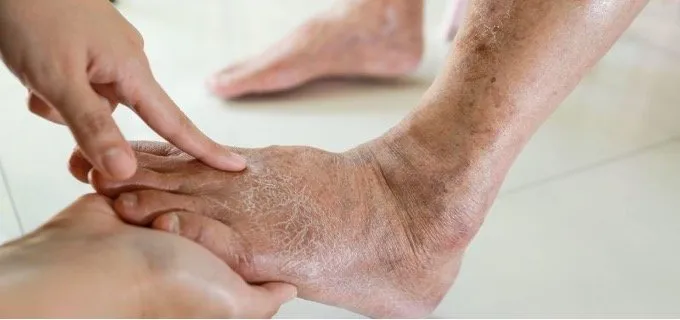How Dermatology Is Advancing the Fight Against Skin Cancer
September 11, 2025
The Role of Endocrinologists in Hormonal Health
September 11, 2025A bunion is a bony bump that forms at the base of the big toe. This occurs when some of the bones in the front part of your foot move out of place, causing the tip of your big toe to get pulled toward the smaller toes. This forces the joint at the base of your big toe to stick out. Here is more information about the connection between bunions and footwear:
Tight or Narrow Shoes
Shoes that are tight or too narrow in the toe area place pressure on the joint at the base of the big toe. This constant external pressure may push the big toe inward, toward the other toes. Over time, this alignment change might contribute to the formation of a bunion or worsen an existing one.
Pointed-toe shoes are a typical example of footwear that crowds the toes into an unnatural position. The constriction from this type of shoe restricts normal foot movement and places uneven stress on the foot’s joints and bones. This pressure may lead to discomfort and changes in the foot’s structure.
Well-fitted Shoes
Choosing shoes that fit correctly is a straightforward way to avoid bunions. A well-fitted shoe provides enough space for your toes to lie flat and straight without being compressed. When trying on new shoes, it helps to do so at the end of the day, as feet tend to swell slightly.
There should be about a half-inch of space between the tip of your longest toe and the end of the shoe. The shoe’s width is just as meaningful as its length. Your foot should not feel squeezed on the sides.
A proper fit helps distribute your body weight evenly across your feet, which reduces pressure on any single point, including the big toe joint. Determine the material of the shoe, as breathable fabrics can help prevent excessive sweating and discomfort. Don’t forget to walk around in the shoes to ensure they feel stable and provide adequate support during movement.
Wide Toe Box Footwear
Footwear designed with a wide toe box offers a distinct advantage in terms of foot comfort and alignment. Unlike tapered shoes that squeeze toes together, a wide toe box allows the toes to spread out naturally. This design helps prevent the big toe from being pushed inward. It may be a potential factor in bunion development. When your toes have room to move, it promotes better balance and stability. This type of footwear accommodates the natural shape of the foot, which is wider at the front.
Adequate Arch Support
The structure of your foot relies on arches to absorb shock and support your body weight. When footwear lacks adequate arch support, it may lead to instability in the foot. This instability might cause the foot to roll inward. This places additional stress on the muscles and tendons connected to the big toe.
Address Bunions and Footwear
Making informed footwear choices is a practical step in addressing bunions. Selecting shoes with features like a wide toe box and proper arch support helps create a better environment for your feet. Avoiding tight, narrow, or high-heeled shoes reduces direct pressure on the big toe joint. If you are experiencing foot pain or have concerns about bunions, professional guidance can provide you with personalized options. Contact a podiatrist today to schedule a consultation.





